Why is GPU Computing Good for Simulation Driven Design?
In my previous blog post, Discovering New Possibilities with Ansys Discovery (and is SpaceClaim going away??), I discussed the geometry modeling capabilities that set Ansys Discovery apart from it’s predecessor, Ansys SpaceClaim. In today’s blog, we’ll discuss the power of CAD embedded GPU solvers in creating better designs faster and more efficiently than ever before.
What is the Difference Between Simulation Validated Design and Simulation Driven Design?
Most companies we work with are familiar with simulation validated design. This approach relies on traditional design methods for initial ideation, and utilizes simulation to verify the design will pass physical testing prior to production or physical prototyping. Without a doubt, this approach saves valuable time and resources over traditional build, test repeat cycles, but is this all simulation has to offer?
Why should you adopt simulation driven design?
Simulation driven design leverages simulation earlier in the product development life cycle, with the following key benefits:
- Cost and Time Efficiency: By identifying and resolving potential issues early in the design process, it reduces the need for physical prototypes, saving both time and money.
- Innovation and Flexibility: Enables exploration of a wider range of design alternatives and innovative solutions, fostering creativity and flexibility in the design process.
- Enhanced Product Performance: Simulation driven design allows for extensive virtual testing and optimization, leading to improved performance and reliability of the final product.
So why are so many companies still operating under a simulation validation paradigm instead of a simulation driven paradigm? I believe the answer to this question lies in the lack of engineering tools available to enable real time simulation feedback as design changes occur. Consider a design change as simple as moving a bolt hole 0.5” to the right. If the designer is required to send an updated CAD model to an analysist, have them rerun the model (if they have time), and wait a week for the results, the data they get back could very well be irrelevant by the time the simulation is complete. This creates a bottleneck that for many companies makes simulation driven design infeasible.
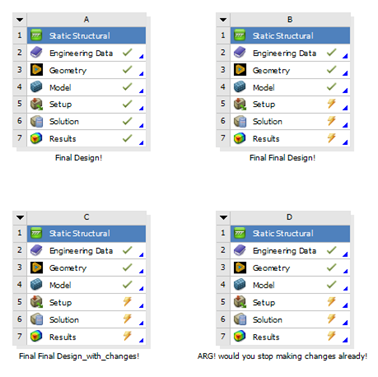
What is a Practical Example of Real-Time Simulation for Design Engineers?
Vent Optimization
Let’s take a look at a practical example to see how the power of real time simulation can be leveraged to guide optimizing a car’s AC system.
Geometry Prep and Simulation Setup
Since Discovery is also geometry editor, it’s super easy to extract the fluid volume and set up the appropriate physics in seconds directly from the 3D CAD.

Assign Air and throw in some inlets and outlets…
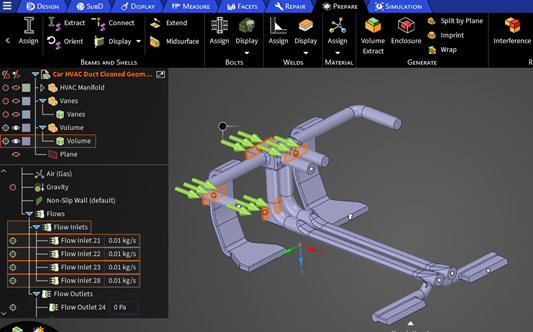
Hit solve, and within seconds…
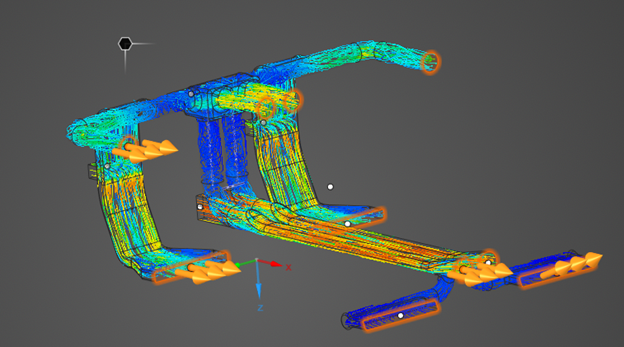
Not even exaggerating here, you probably could have set up and run this entire model in less time than it took you to read this blog (with minimal training, I might add).
The intuitive and lightning fast setup, meshing, and GPU solver is the real secret sauce for how Discovery gives you real time insights into potential issues as well as understanding how your design changes will impact performance. For instance, it looks like the lower vents are not distributing the flow very well (there is backflow at the feet).
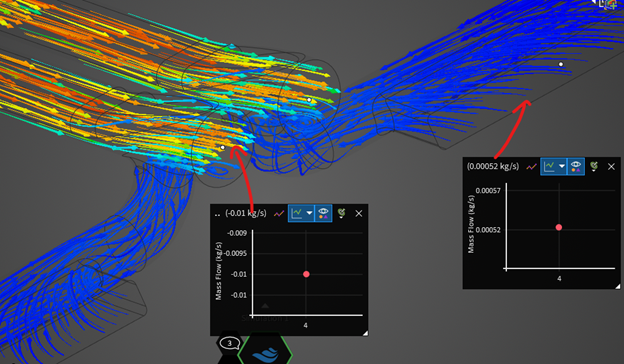
so let’s throw in a vane, update the fluid volume…
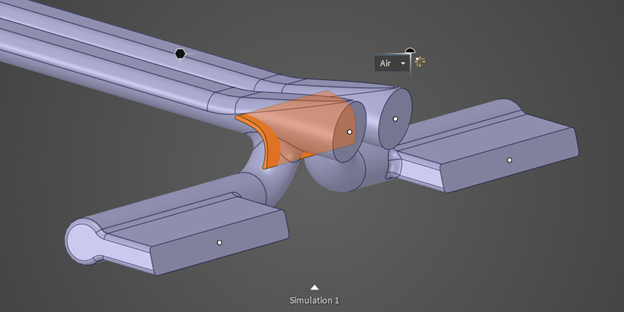
And the solver automatically updates the solution in seconds.
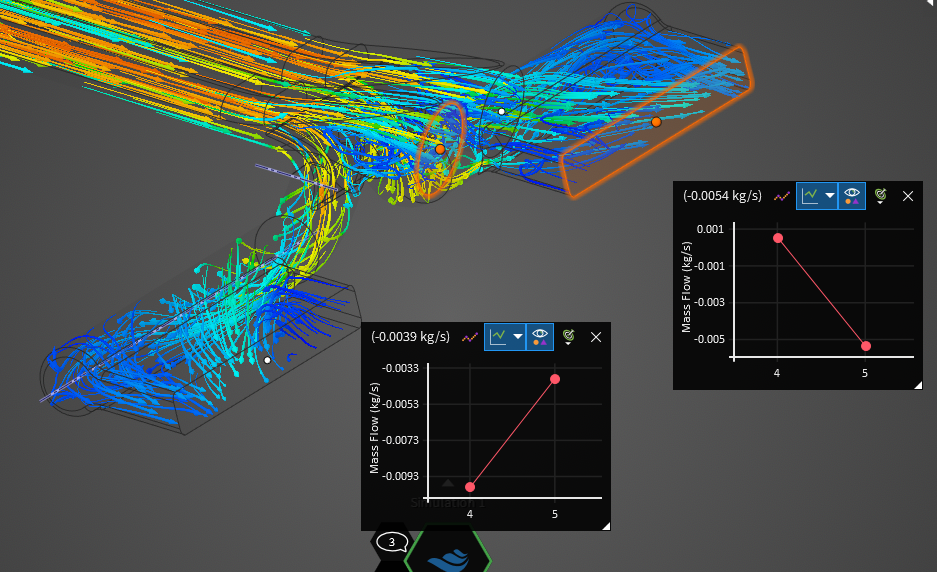
Discovery gives you the flexibility to track output parameters as you design, so you can explore new possibilities faster than ever before. In this case, we see the mass flows are starting to balance, and we’re ready to keep iterating.
Okay. I get it’s fast, but can I trust the results?
I want to end with a few final comments on solution accuracy, since Discovery simulation has come leaps and bounds from its initial debut a few years ago. The latest releases expose some exciting new features that allow you to locally refine your mesh for improved accuracy around small features in Discovery’s Explore mode. Within Refine mode, you can even leverage the same polyhedral meshing and GPU solver technology available in the Ansys’ Flagship CFD Fluent solver, so you no longer have to decide between fast and accurate.

Upcoming Webinars:
Ready to learn more about how Ansys Discovery’s GPU solvers can help you achieve simulation driven designs? Visit our website to learn more details on Ansys Discovery or register for our upcoming 2-part webinar series titled Leveraging Real-Time GPU Solvers for Simulation Driven Designs and Empowering Design Engineers with Faster and More Accurate GPU Physics Solvers.

